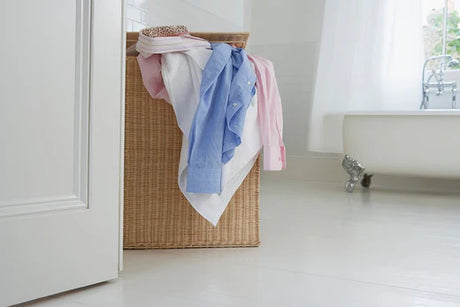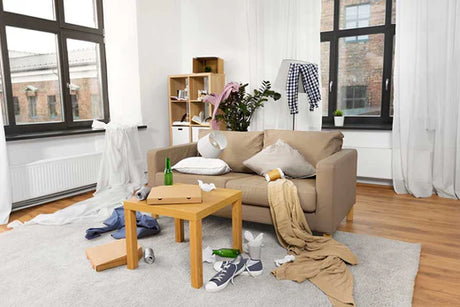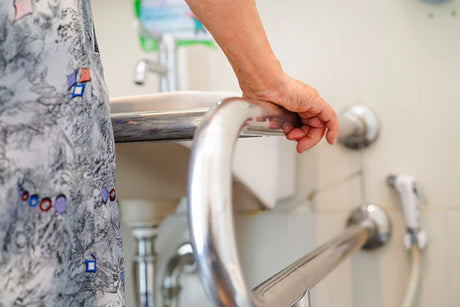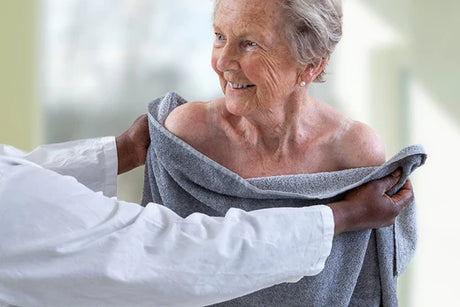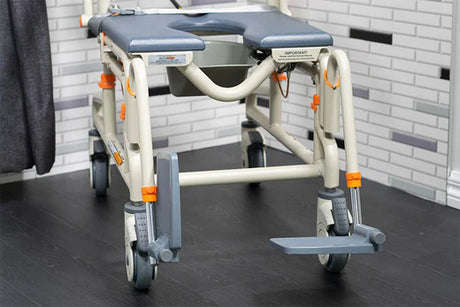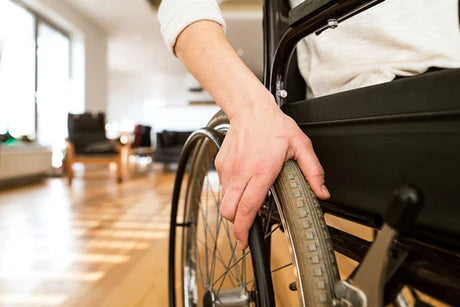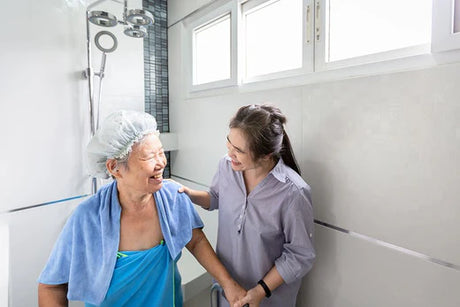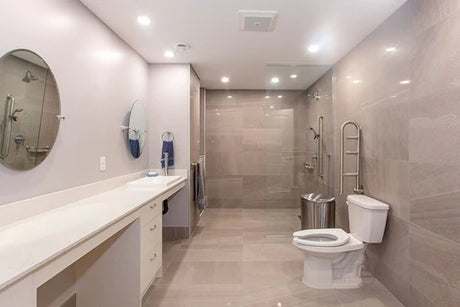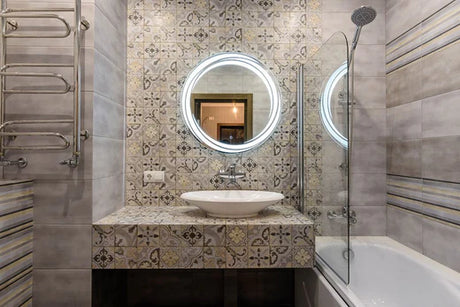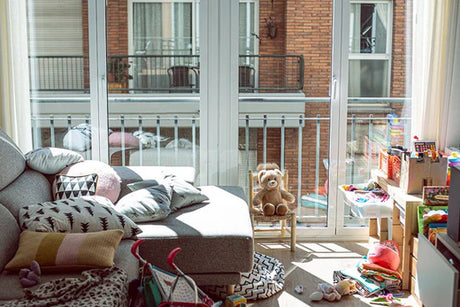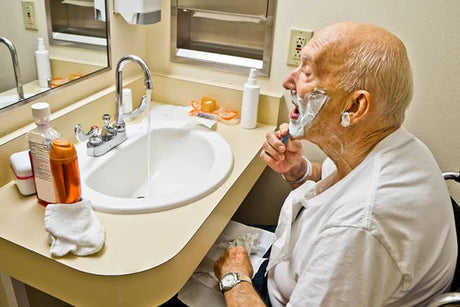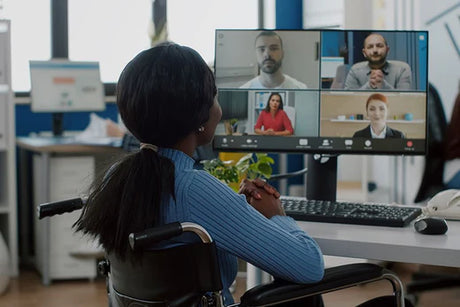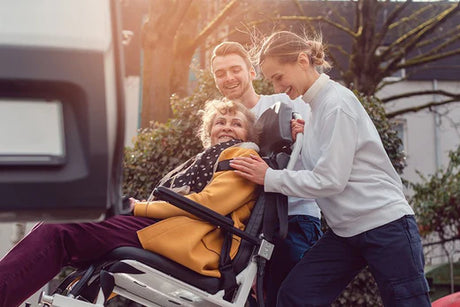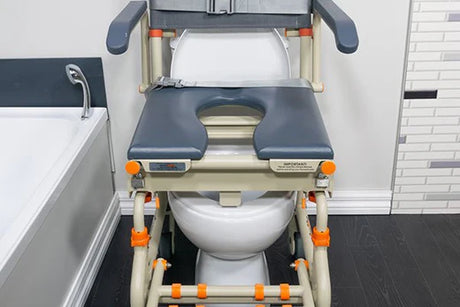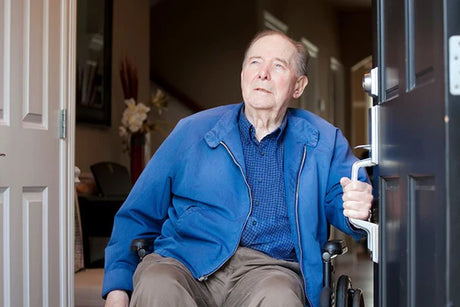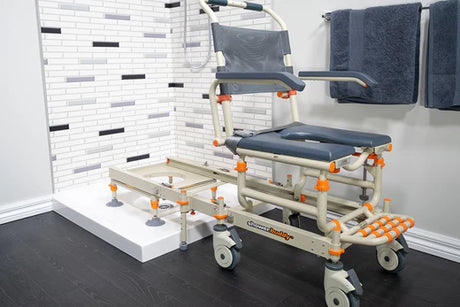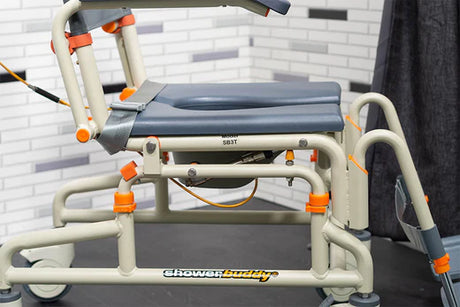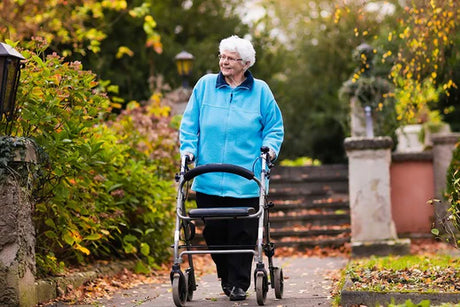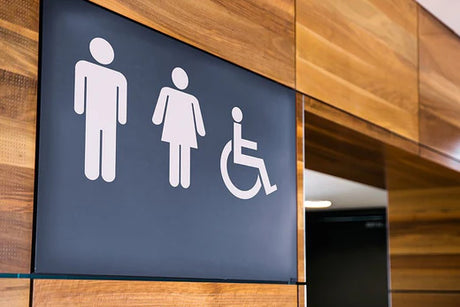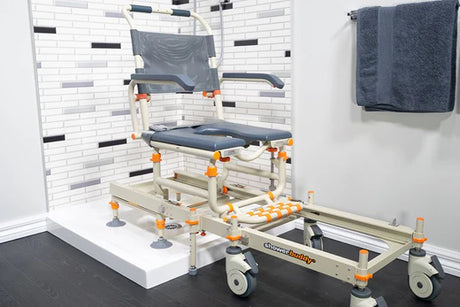In the case of bathroom use, an element of daily life that is traditionally a very personal affair, this loss of ability is the source of much frustration. Getting into the shower or bathtub may start to become a struggle that necessitates help from someone else. Many of us are not hardwired to seek this help out. But there’s another risk here, too – even with the help of another able-bodied individual, moving someone into and out of a shower is extremely risky to both parties as well.
So what can one do?
In this article, we’re going to explain the reasons why relying solely upon another person isn’t the best way to go about accessing the bath. Luckily, there’s a much better way available (more on that later).

They put the user at risk of slips and falls
Some users who have a moderate level of mobility still, may even try to keep accessing the shower alone without the help of anyone else at all. This provides a real risk of accidents and worse, being left alone injured without someone nearby to help.
The carer is at risk of injury
Injuries to carers may occur in one awkward movement, or can build up over sustained repetitions of carrying their clients. Either eventuating is a problem – the carer is off work for a period of recovery time, and the mobility impaired individual needs a replacement carer. Where the bathroom and other private matters are concerned, this can be a big disruption as a new carer needs to build up trust with the individual.
Carers need to be protected the same as their clients. A manual transfer doesn’t just require strength but coordination and stability on both sides of the shower edge – bathroom floor and shower floor. Either of these surfaces being slippery and the risk of fall is greatly increased.
Family members aren’t able to safely help their loved one
A support network for a mobility impaired individual is made up of multiple people, including:
- Carer
- Partner
- Adult children
- Parents
- Friends
- Occupational Therapist
- Physical Therapist
- Doctor (GP)
The bathroom routine is very private, and so many individuals prefer to opt for a family member to help them during the most vulnerable moments of bathroom usage. When lifting over the edge of a bath or shower, family members who aren’t professionally trained up to help are at great risk of an injury to them or their loved one. And it’s not particularly fair on family members to put the pressure of transferring into the bath on them. Oftentimes there will be a key family member responsible for a lot of the care – including cooking meals, cleaning the bedroom, taking to doctor appointments and many other things. If that key person is injured through a manual transfer, they’re rendered incapable of doing any of those things. Similarly, if a family member is responsible for bringing in income to the family through work, they risk this by attempting manual transfers of their mobility impaired loved one.
It’s difficult to mount a chair inside the shower from a manual transfer
The gap between the edge of a shower and that stool can sometimes be an awkward distance with the carer unable to get into the shower with the individual to complete that last part of the movement. The care often then needs to somehow stabilise themselves half in, half out of the shower unit and place their client properly.

It’s easy to imagine the difficulty this part of the routine can present on both people involved. Unless the individual has some level of control over their own weight and body position to assist this process of mounting the chair, expect some challenges.
Slippery surfaces and supporting one’s own weight
Manual transfers take longer
The process of preparing, lifting, carrying and placing someone over into a shower chair can take a while. It may even require a few attempts some days. There’s a much better way to do this that’s safer and faster.

A better transfer solution
The good news is it’s not.
Showerbuddy’s range of bathroom mobility solutions build in all aspects of bathroom use into complete systems. We take care of the transfer in and out of the shower, use of the toilet and bathing itself all whilst the user is kept seated. Essentially, the user can be seated before they even enter the bathroom, and remain seated through all of their routine until they’re safely back in the bedroom again. They’re kept stable and comfortable with a brilliantly designed chair that includes many safety features. And the whole thing can be managed by a family member or carer without any need for them to lift their loved one in the bathroom.
Our solutions have even considered things like mounting from bed, with arms that fold away to make this process easy.
Further reading
Enjoyed this article? You may be interested in these resources online:
- The dangers of manual bath transfers for a disabled person – Showerbuddy Blog
- Transferring people for toileting and bathing: A health and safety solution – Worksafe Victoria
- Safe Lifting + Transfers at Home – Carers New Zealand








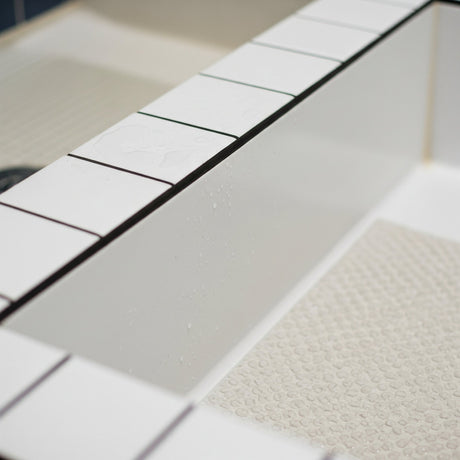

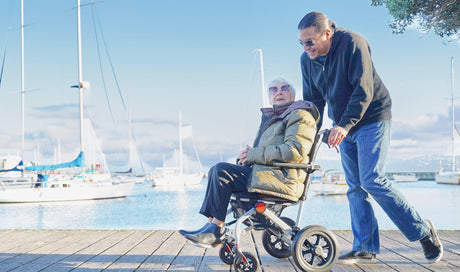
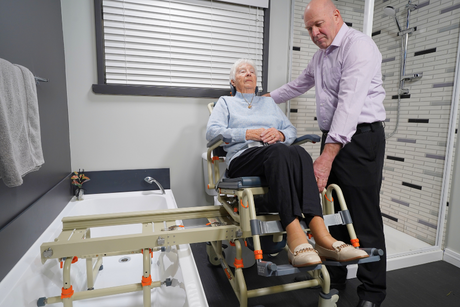
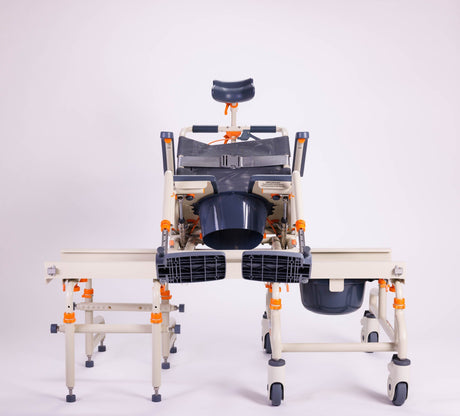
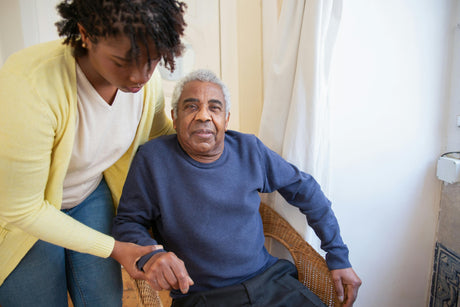
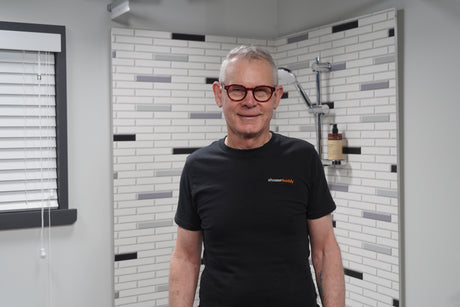
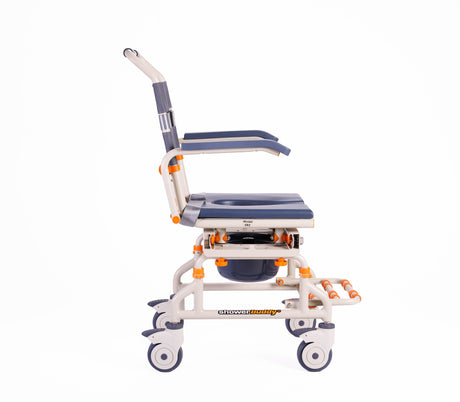
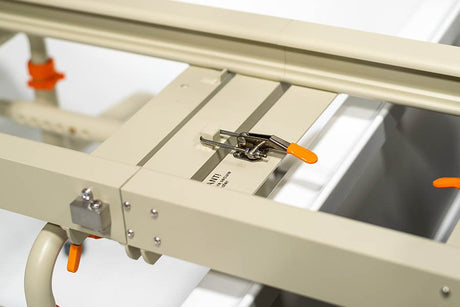
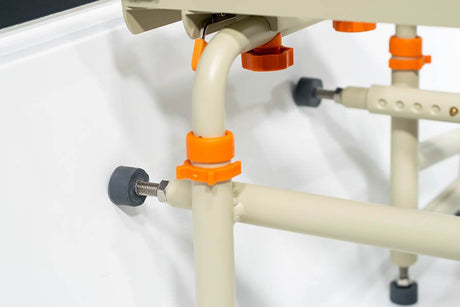
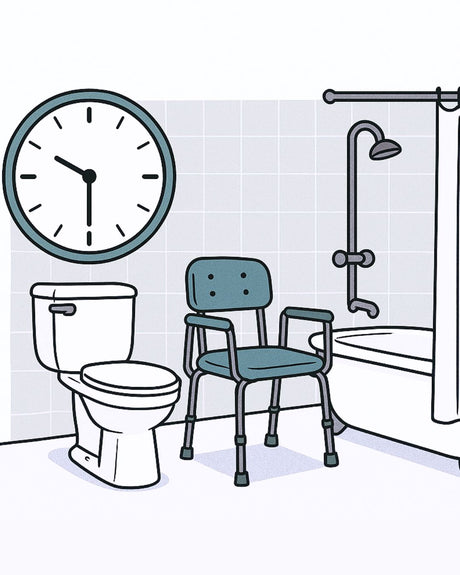
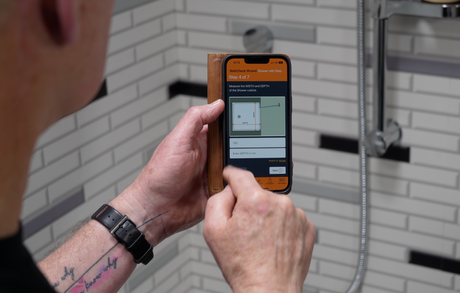
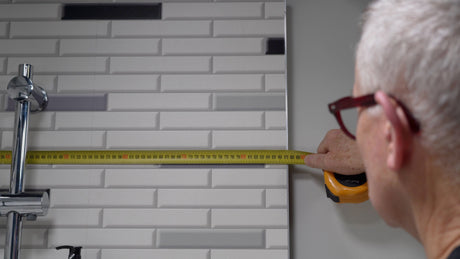
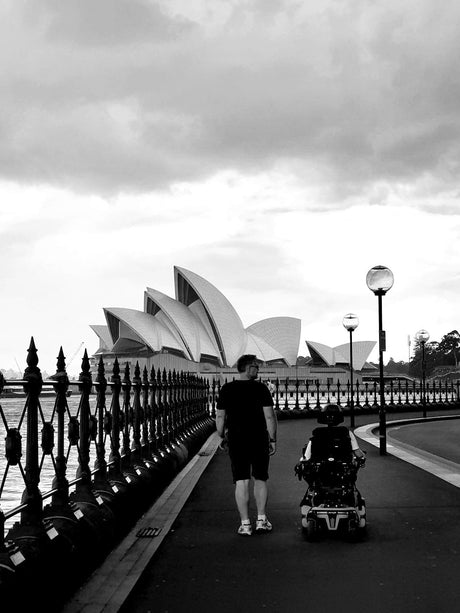
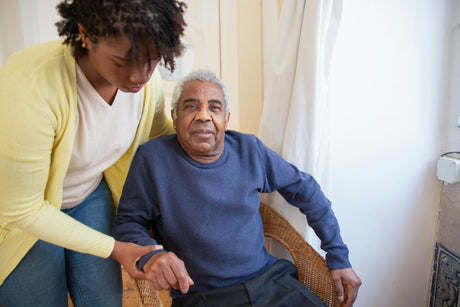
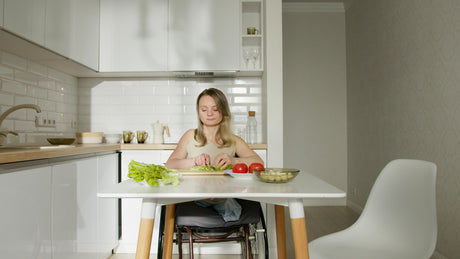
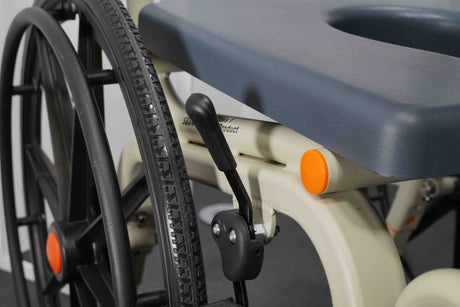

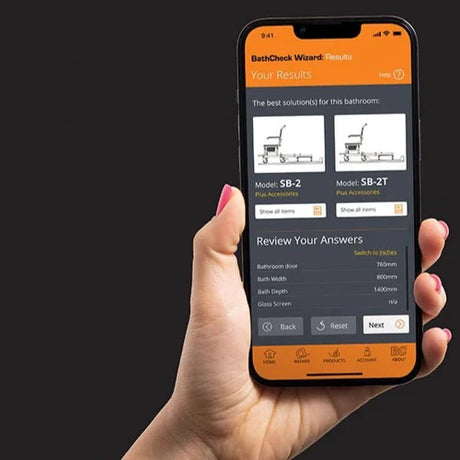
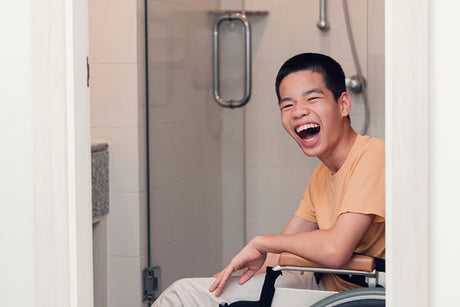
![Toilet Training A Young Child With Mobility Challenges [And How A Shower Chair Can Help]](http://shower-buddy.com/cdn/shop/articles/toilet-training-disabled-child_520x500_a90e5234-d372-435d-aa56-8da15dd3836c.webp?v=1722557239&width=460)

